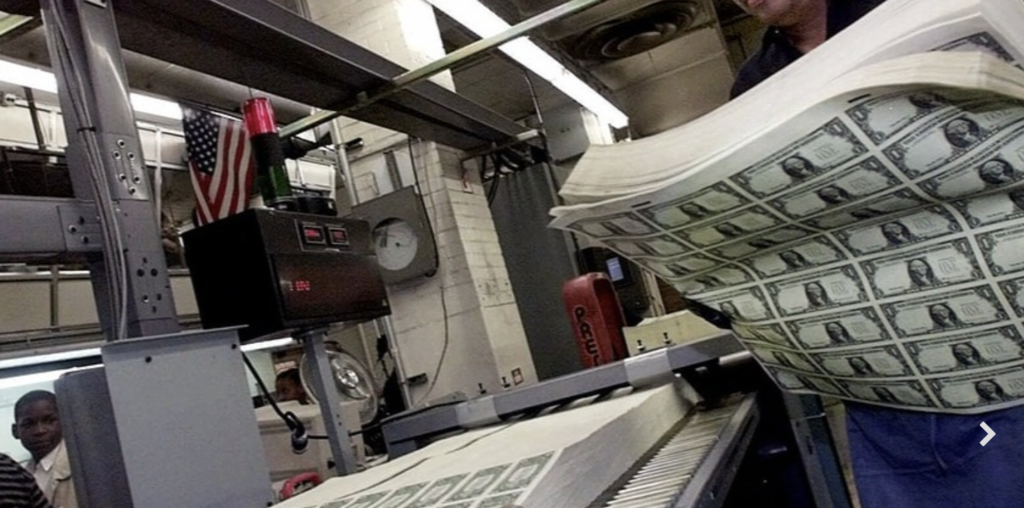The process is so simple, it defies the imagination.

Countless words have been written about the nature of money and its role in society. Ultimately, money serves as a representation of human productivity, as people work and produce goods and services in exchange for it. The creation of money is based on the things we produce, allowing us to measure its value.
Banks address the time gap between production and payment by creating an asset called “future productivity.” This asset enables them to generate money before the actual goods or services are produced. It takes the form of debt.
However, innovation also represents future productivity, as it brings forth useful things that have not yet been created. In fact, approximately 80% of economic growth can be attributed to technological advancements. So, why can’t engineers adopt a similar approach to banks and measure money into existence? This would serve as a means of bridging the time gap and funding the substantial amount of innovation necessary to sustain our world.
Although it may seem like a straightforward idea, it is challenging to comprehend. The issue lies not in a broken world but in a broken monetary system. The solution lies in fixing this system.
To address these challenges and promote innovative solutions, please lend your support to The Ingenesist Project. We literally make money.

Leave a Reply